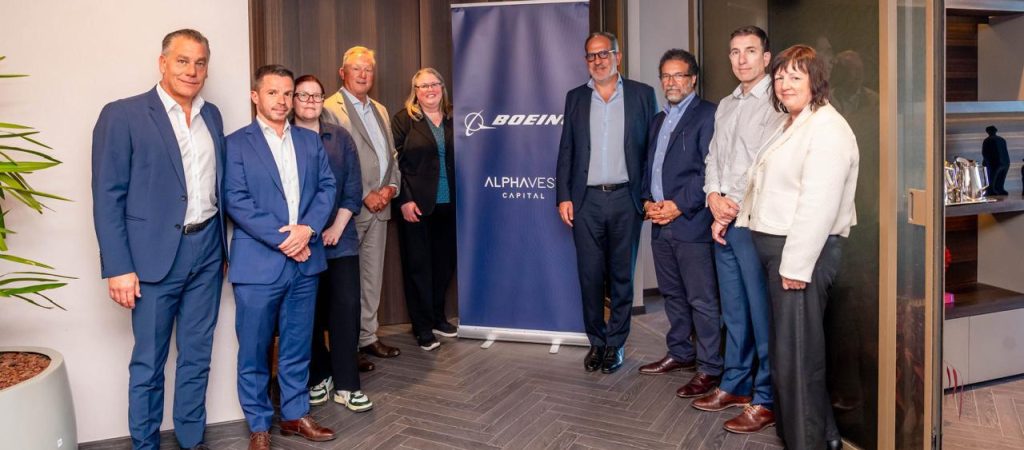JEDDAH: Oman expects its economy to grow by 3.4 percent in 2025, surpassing the performance of many global peers, a senior official announced at the Sultanate’s first International Investment Forum in Muscat.
Speaking at the Advantage Oman Forum on April 27 at the St. Regis Al-Mouj Muscat Resort, Minister of Commerce, Industry and Investment Promotion Qais bin Mohammed Al-Yousef emphasized the event’s significance. He stated that the anticipated growth "reflects the resilience of Oman’s economy and the confidence it has earned in global markets," according to the Oman News Agency.
Al-Yousef highlighted the increasing momentum across Oman’s economic and investment sectors. “Foreign direct investment in Oman surged by 16.2 percent in the third quarter of 2024 compared to the same period in 2023. Moreover, Oman’s credit rating has been upgraded to ‘BBB-‘ with a stable outlook by S&P Global Ratings,” he added, as per ONA.
According to the Gulf state’s Foreign Ministry, the gross domestic product at constant prices grew by 1.9 percent by the end of the third quarter of 2024, reaching 28.15 billion Omani rials ($73.2 billion) at market prices, compared to 27.63 billion rials in the same period the previous year.
Preliminary data released by the National Centre for Statistics and Information in December showed that the value added by oil activities fell by 2.8 percent, totaling 8.88 billion rials by the end of the third quarter of 2024, down from 9.13 billion rials a year earlier. Oil activities accounted for 31.6 percent of GDP.
Al-Yousef also pointed to Oman’s monetary strength, saying: “The Omani rial is ranked the third strongest currency in the world in 2025. These developments underscore Oman’s strong economic fundamentals and our potential for impact-oriented investors.”
Describing the forum as a "strategic platform," he noted it gathered leading figures from across a range of industries and emphasized that Oman’s growth is bolstered by positive international indicators.
The two-day forum was inaugurated by Sayyid Shihab bin Tariq Al-Said, Deputy Prime Minister for Defense Affairs. Organized by the Ministry of Commerce, Industry and Investment Promotion, the event attracted more than 250 officials, decision-makers, and investors from regional and international markets, underscoring Oman’s emergence as an investment destination.
The first day of the conference featured five key sessions. The opening session, titled “The Shape of Things to Come,” examined megatrends expected to reshape the future of business and governance, with speakers stressing the importance of innovation and sustainability as competitive advantages. The second session, “Risky Business,” discussed strategies to promote a culture of calculated risk-taking, psychological safety, and advanced risk assessment frameworks.
In the third session, “A Defining Moment,” speakers addressed corporate responsibility in tackling climate change and biodiversity loss, advocating for the adoption of circular economies and green technologies, while emphasizing the critical role of public-private partnerships. The fourth session, “Beyond the Comfort of Certainty,” focused on balancing risk and reward in navigating uncertainty for organizational success. The final session, “Have You Heard the One About?” explored how leaders can use purposeful storytelling to reposition countries globally, attract strategic tourism and investment, and build soft power through culture, identity, and vision.
During the forum, Al-Said toured the accompanying exhibition, which showcased the participation of government entities and private sector organizations.
The second day of the event is set to feature panel discussions with key decision-makers, open forums for investor engagement, the signing of new investment agreements, and specialized roundtables addressing sectors such as tourism, logistics, mining, food security, renewable energy, and information technology, according to ONA.
























